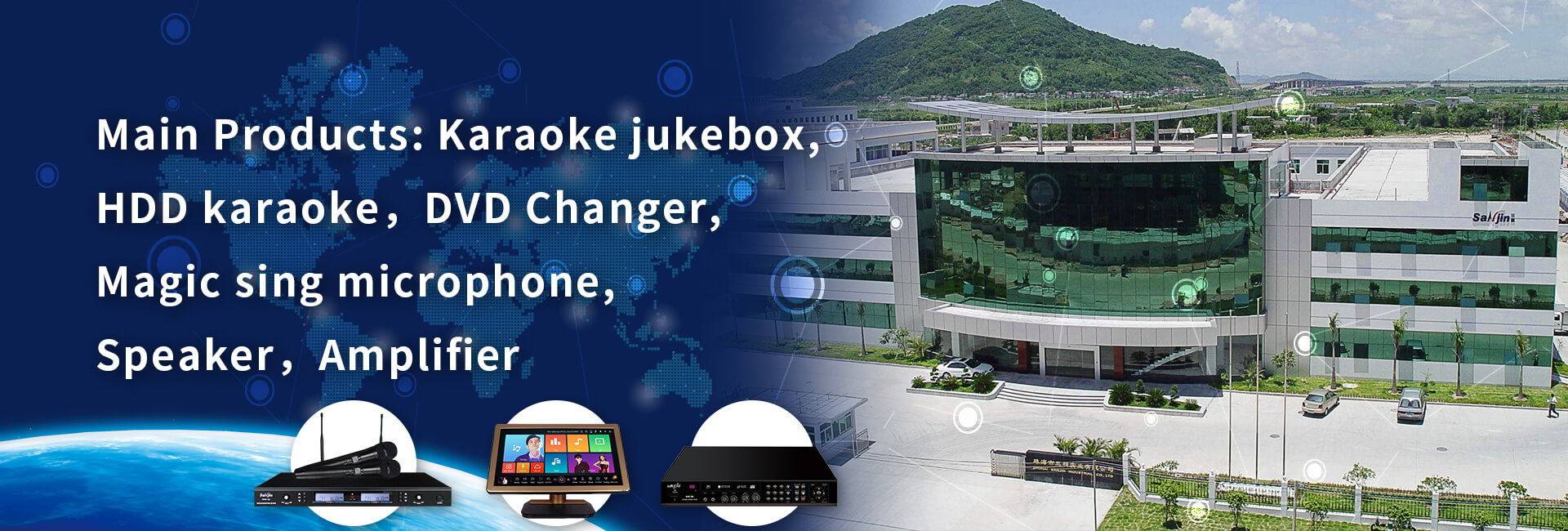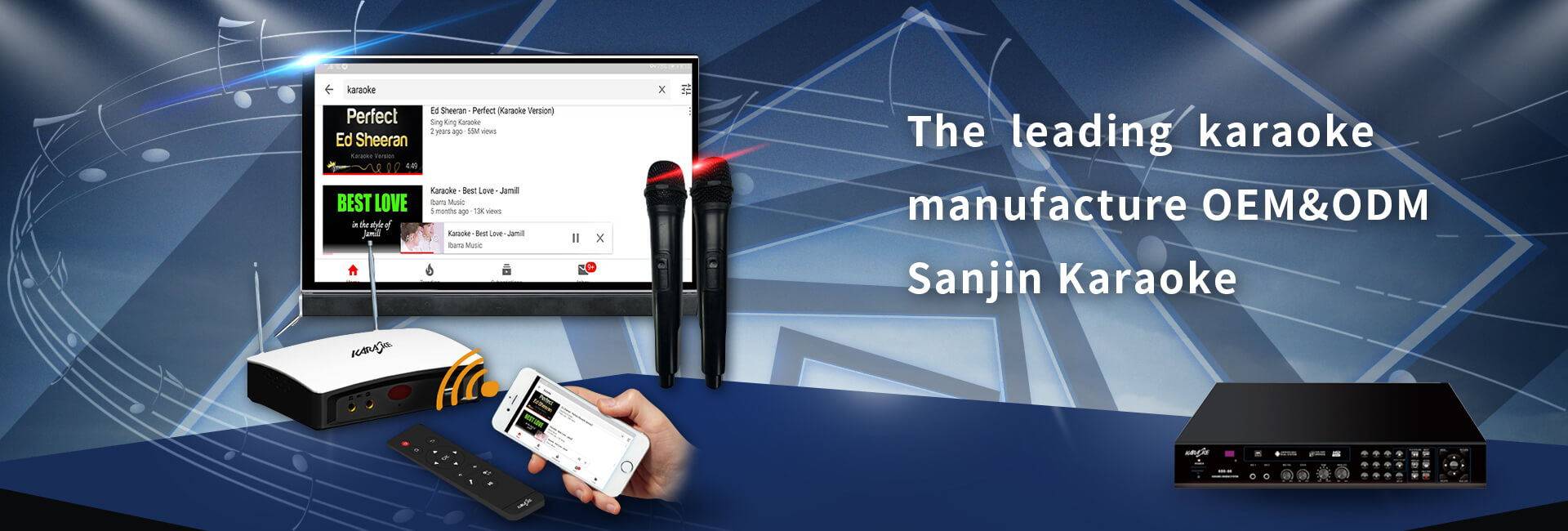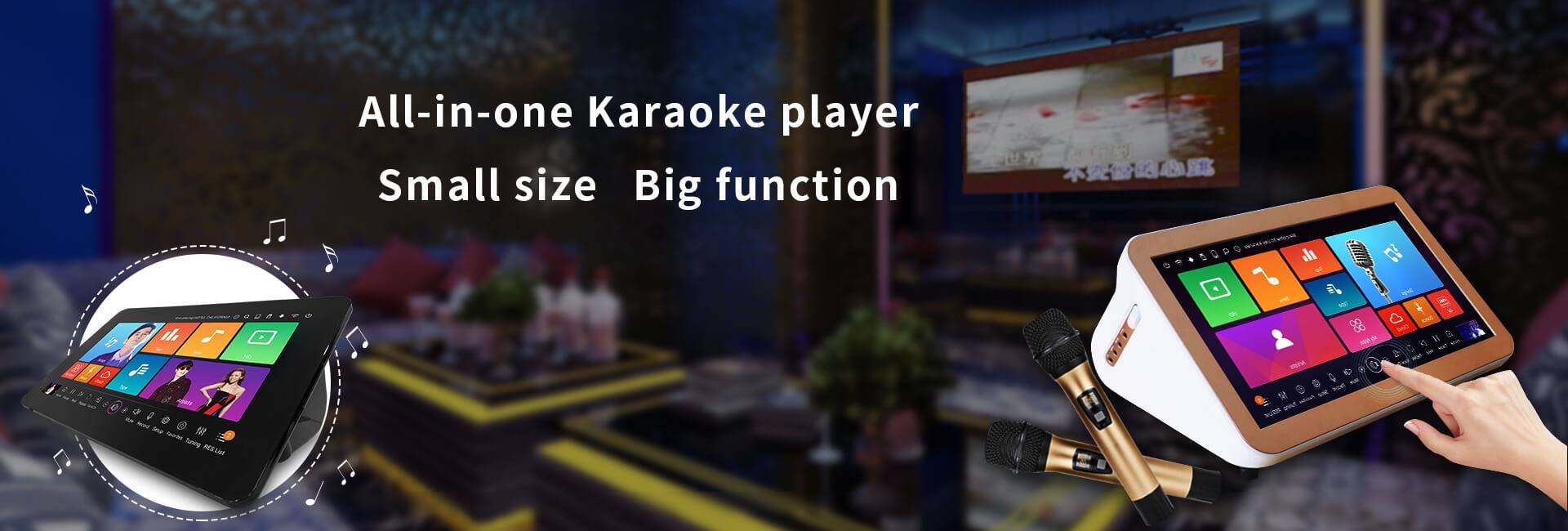It is estimated that from 2021 to 2026, the global wireless speaker market will grow at a compound annual growth rate of more than 14%. The global wireless speaker market (calculated by revenue) will achieve an absolute growth of 150% during the forecast period. During the period 2021-2026, market revenue may increase, but the year-on-year growth will continue to slow down thereafter, mainly due to the increase in the penetration rate of smart speakers worldwide.
According to estimates, in terms of unit shipments from 2021-2024, due to the strong demand for smart devices from Europe, North America and the Asia-Pacific region, coupled with the increasing popularity of wireless audio equipment, the year-on-year growth of wireless speakers will reach double digits. The growing demand in the high-end market, the popularization of voice-assisted technology in household appliances and the marketing of online smart products are other major factors driving market growth.
From the perspective of market segments, based on connectivity, the global wireless speaker market can be divided into Bluetooth and wireless. Bluetooth speakers have many new features, and the addition of ruggedness and water resistance is expected to boost consumer demand during the forecast period.
In addition, longer battery life, 360-degree surround sound, customizable led lights, application synchronization functions and smart assistants may make this product more attractive, thereby affecting the growth of the market. And waterproof Bluetooth speakers are becoming more and more popular in the United States and Western European countries. Rugged speakers are shock-proof, stain-proof and waterproof, so they are popular among many users all over the world.
In 2020, the low-end market segment by unit shipments accounted for more than 49% of the market share. However, due to the low prices of these devices on the market, the total revenue is small despite the high unit shipments. These devices are portable and provide excellent sound quality. The low prices of these models are expected to attract more residential users because these models provide convenience and convenience.
In 2020, standard speakers will occupy the market with a market share of over 44%. Accelerating demand in the Asia-Pacific region and Latin America is a major factor in market growth. In the past year, the Asia-Pacific region is expected to generate approximately 20% of incremental revenue.
It is estimated that by 2026, more than 375 million wireless speakers will be sold through offline distribution channels (including specialty stores, supermarkets and hypermarkets, and electronic stores). Wi-Fi and Bluetooth speaker manufacturers have entered the traditional market and have increased sales of smart speakers through retail stores worldwide. Online distribution channels are expected to reach 38 billion U.S. dollars by 2026.
Compared with retail stores, online stores provide a variety of options, which is one of the main factors contributing to growth. Online retailers offer equipment at discounted prices, rather than the list prices applicable to e-shops and other physical distribution channels. However, as traditional speaker manufacturers and other electronic equipment suppliers are expected to enter the market, the online segment may face fierce competition from the retail segment in the future.
The growing number of smart home technology concepts in the Asia-Pacific region may affect the wireless speaker market. More than 88% of consumers in China have some understanding of smart home, which is expected to become a powerful driving force for smart home technology. China and India are currently the fastest growing economies in the Asia-Pacific region.
By 2023, China’s smart home market is expected to exceed 21 billion U.S. dollars. The influence of Bluetooth in Chinese households is very significant. During the forecast period, the adoption of automation solutions and IoT-based products is expected to increase by 3 times.
Japanese consumers have more than 50% awareness of smart home technology. In South Korea, about 90% of people express their awareness of smart homes.
Due to the fierce competitive environment, consolidation and mergers will appear in the market. These factors make suppliers must distinguish their products and services through a clear and unique value proposition, otherwise they will not be able to survive in a highly competitive environment.
Post time: Mar-03-2021





